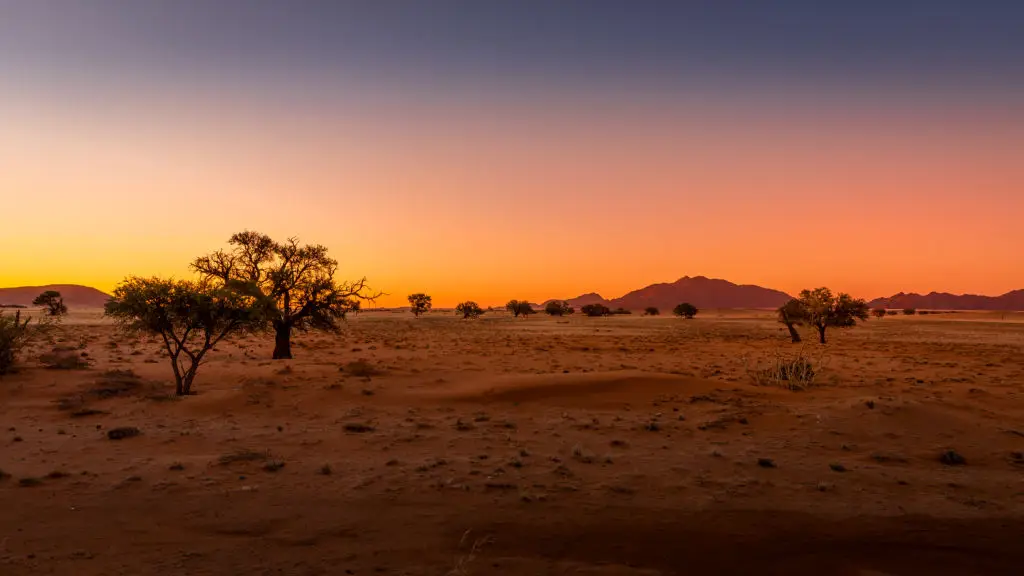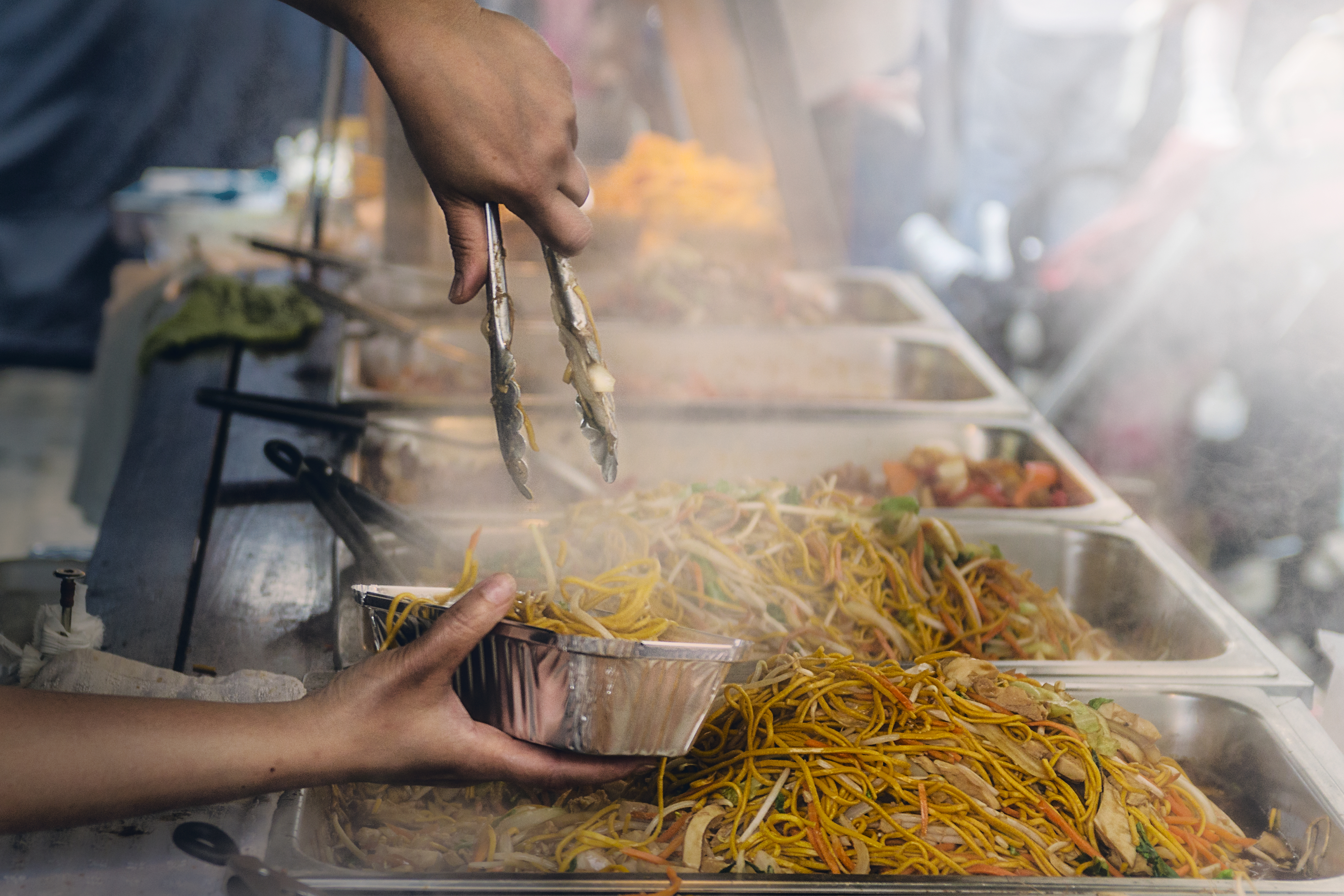From Tango to Taiko: A Deep Dive Into Global Dance Traditions
Dance, an age-old form of expression, transcends cultural and linguistic barriers, serving as a universal language that communicates emotion, history, and identity. From the sultry allure of the Argentine Tango to the thunderous rhythms of Japanese Taiko drumming, each dance tradition offers a unique glimpse into the soul of its culture. This rhythmic journey invites you to explore 13 enchanting dance traditions, each with its own story, rhythm, and significance. As we delve into these vibrant expressions of human creativity, we uncover the rich tapestry of narratives that dance weaves across the globe, connecting us to the past and to one another.
1. The Passionate Embrace of Tango
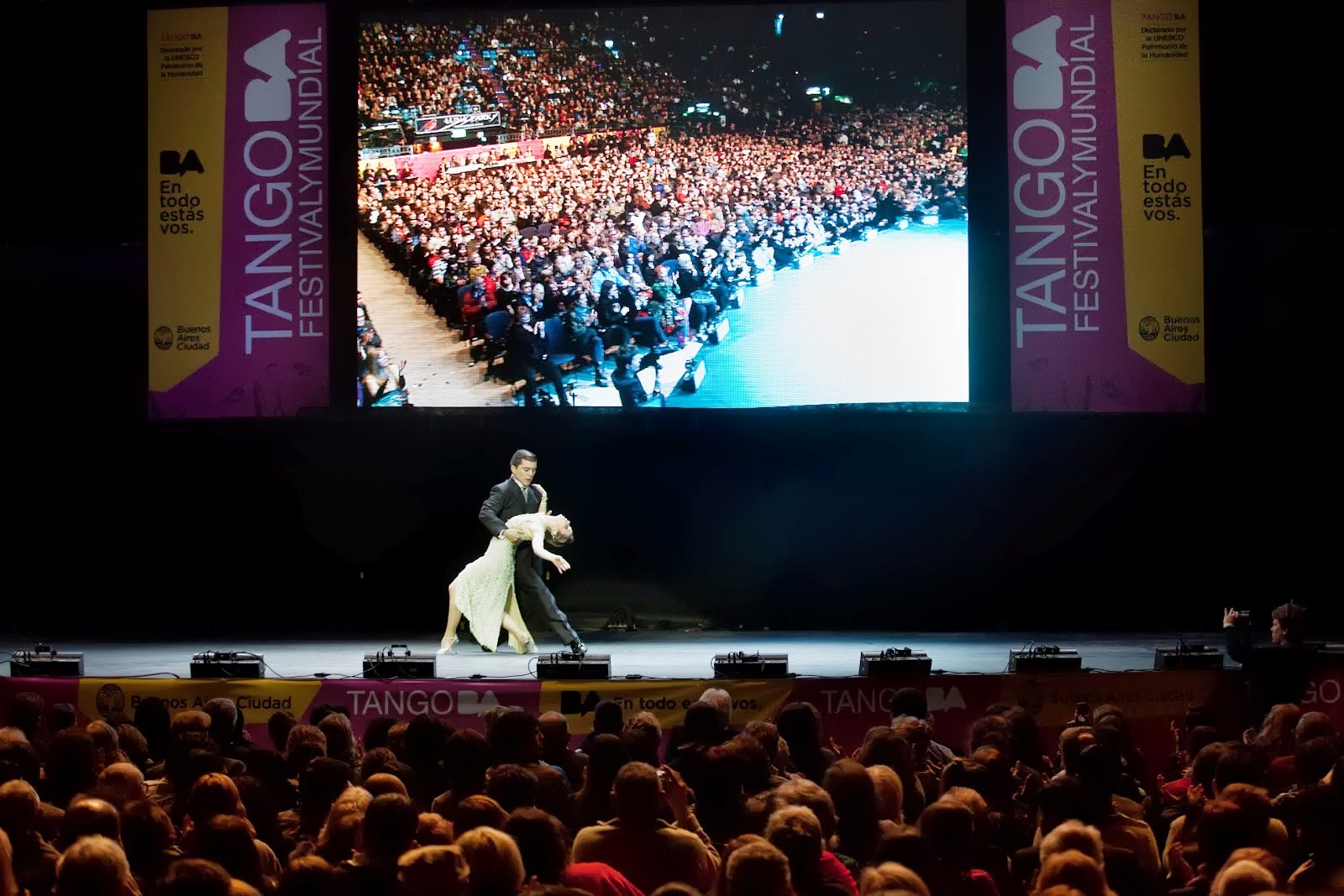
Originating in the late 19th century along the Rio de la Plata, the Tango is a dance of passion and intimacy. Born in the working-class neighborhoods of Buenos Aires, this dance form reflects a blend of African, Native American, and European influences. Tango is characterized by its dramatic poses and close embrace, symbolizing the emotional connection between partners. It is not merely a dance but a conversation between two bodies, where improvisation plays a key role. The music, often melancholic and nostalgic, mirrors the history of immigration and longing that is at Tango's core, making it a poignant expression of human emotion.
2. Flamenco: The Soulful Art of Andalusia
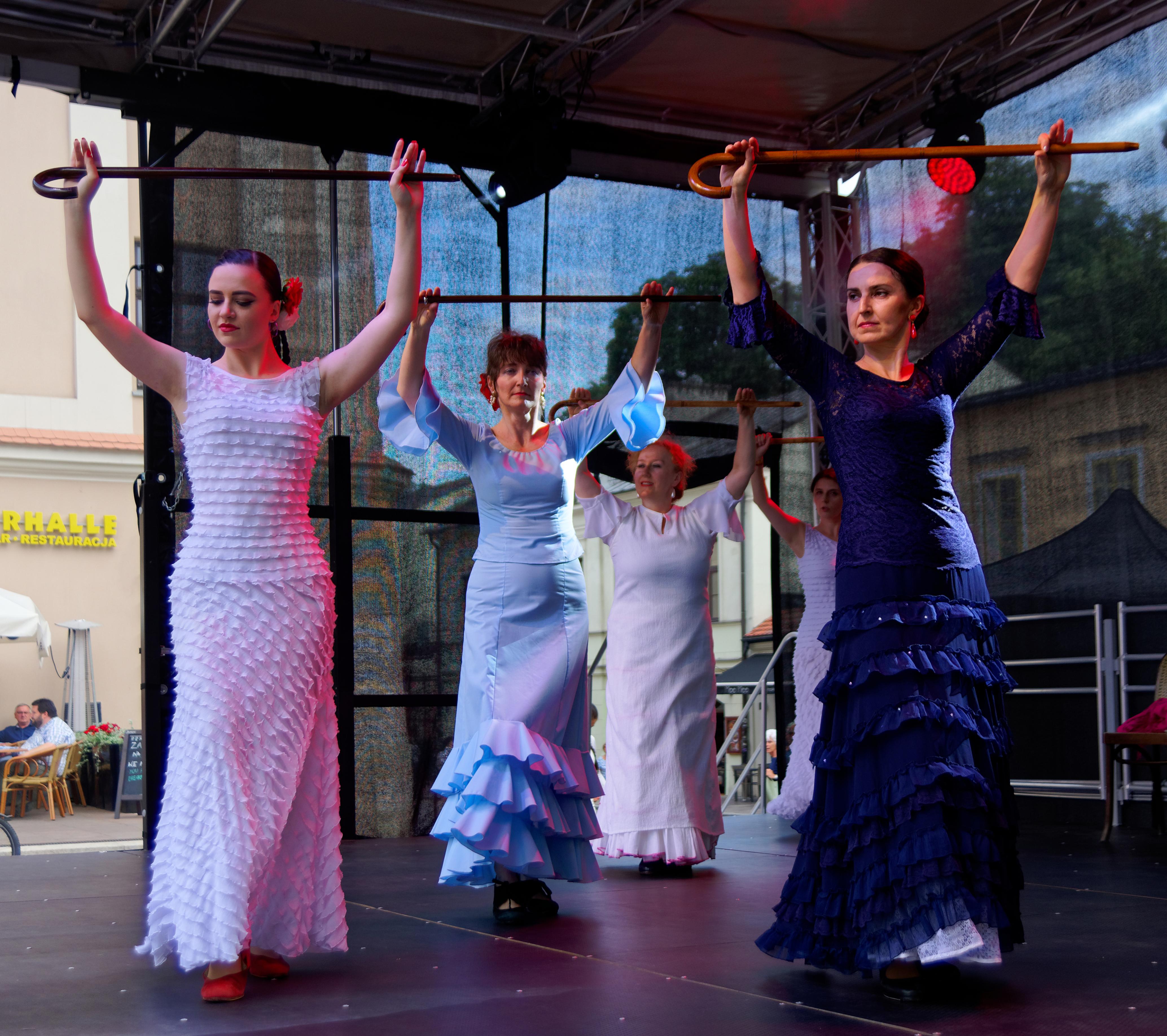
Flamenco, a fiery dance from the heart of Andalusia in southern Spain, is a profound expression of cultural fusion. It blends the influences of Gypsy, Moorish, and Jewish traditions, resulting in a passionate performance art that encompasses singing (cante), guitar playing (toque), dance (baile), and handclaps (palmas). The intensity of Flamenco lies in its ability to convey deep emotion, known as "duende." Dancers express their inner turmoil and joy through intricate footwork and emotive gestures, while the music's fervent rhythms and haunting melodies transport audiences to a world of raw, unfiltered emotion.
3. The Graceful Elegance of Ballet
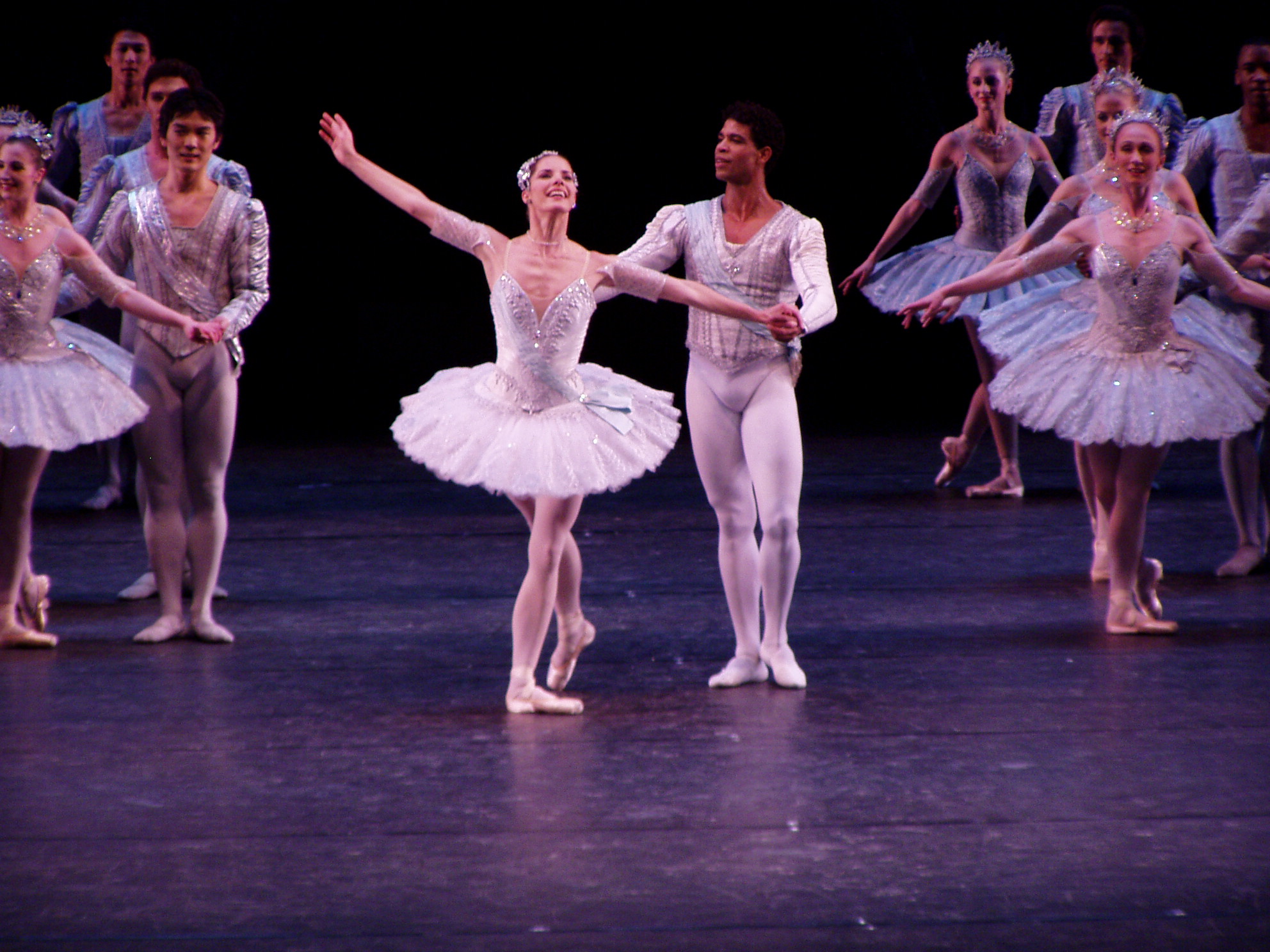
Ballet, with its origins in the Italian Renaissance courts of the 15th century, has evolved into a highly technical form of dance known for its grace and precision. It spread to France and Russia, where it flourished, becoming a staple of classical performance art. Ballet is characterized by its ethereal quality, with dancers appearing to defy gravity through leaps, spins, and lifts. The discipline requires rigorous training, and its storytelling capability is unmatched, with performances often based on classic tales and folklore. Ballet's influence extends beyond the stage, inspiring countless other dance forms with its beauty and discipline.
4. Kathak: The Storytelling Dance of India
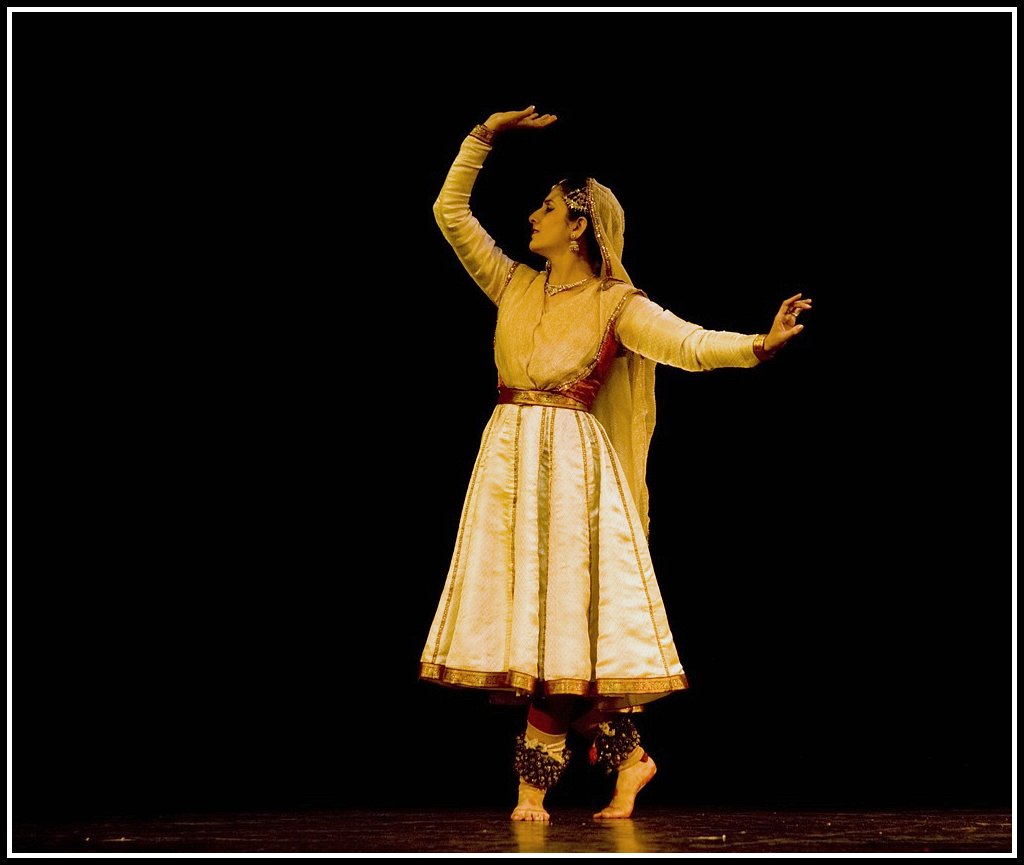
Kathak, one of the eight classical dance forms of India, is a dance of storytelling, originating from the northern regions of the country. The word "Kathak" is derived from "Katha," meaning story, and "Kathakar," meaning storyteller. This dance form is renowned for its intricate footwork, spins, and expressive gestures, which narrate tales from Hindu epics like the Mahabharata and Ramayana. Kathak dancers use a combination of facial expressions and hand movements to convey emotions, supported by the rhythmic patterns of the tabla and the melodic strains of the sitar, creating a mesmerizing tapestry of sound and movement.
6. The Spirited Energy of Irish Dance
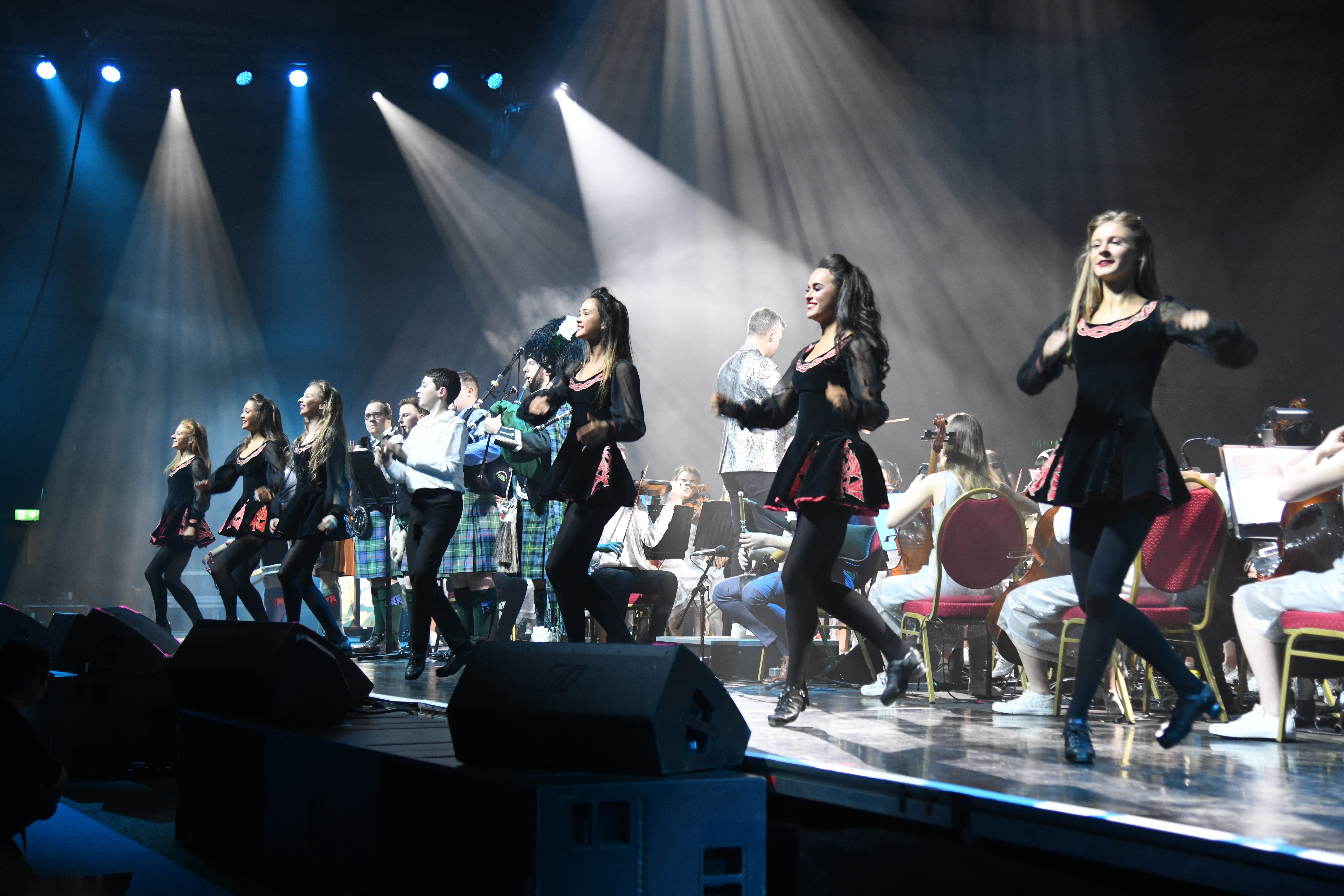
Irish dance, with its roots in traditional Irish music and culture, is famous for its rapid leg and foot movements while maintaining a rigid upper body. This dance form gained international fame through shows like "Riverdance," showcasing its vibrant energy and precision. Irish dance is performed in both solo and group settings, often during cultural celebrations and competitions known as feiseanna. The dancers' intricate footwork is complemented by lively jigs, reels, and hornpipes played on traditional instruments like the fiddle and tin whistle, making Irish dance a testament to the enduring spirit and cultural pride of Ireland.
7. Capoeira: The Dance of Freedom
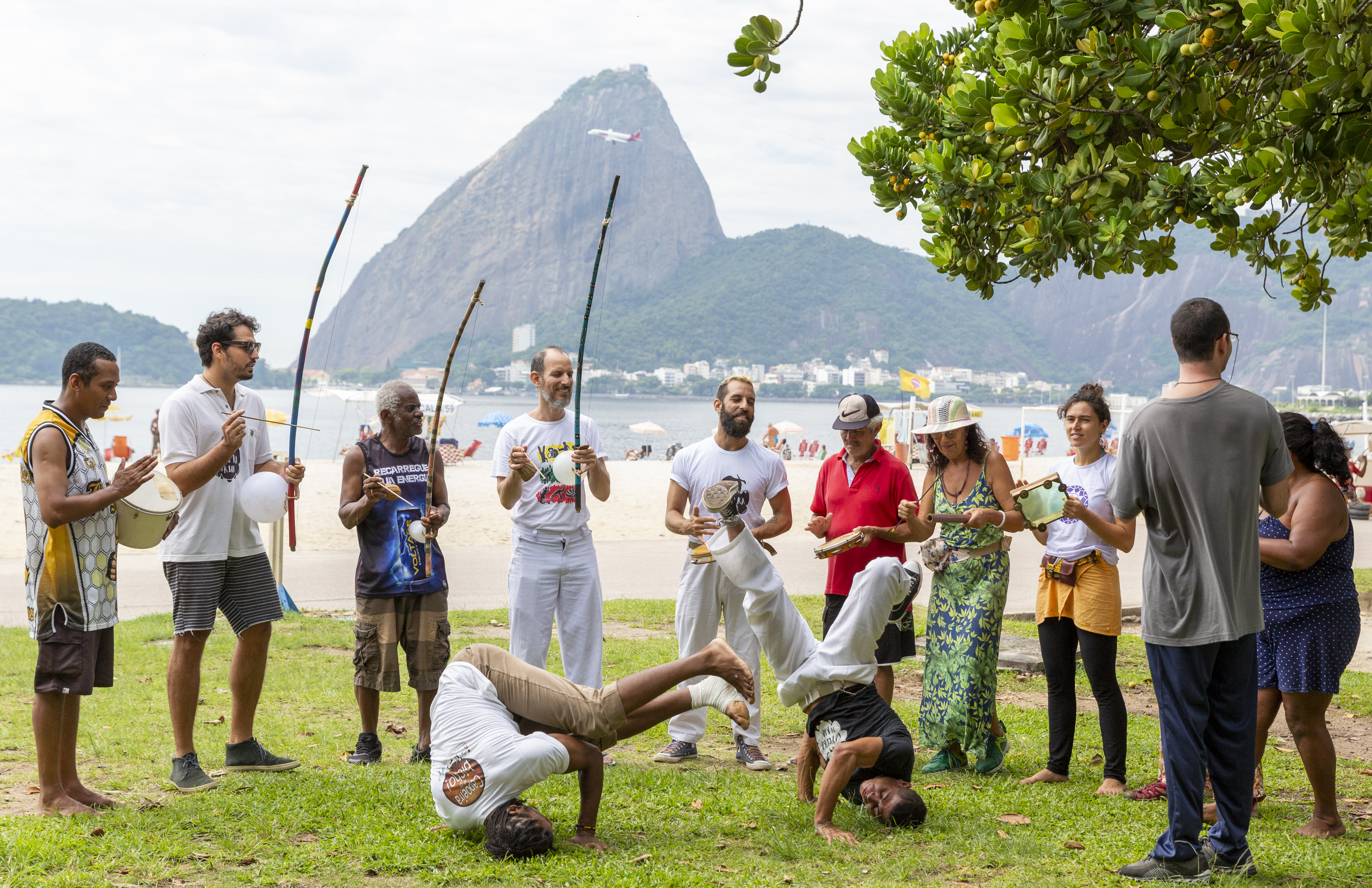
Capoeira, a unique blend of martial arts, dance, and acrobatics, originated among African slaves in Brazil during the 16th century. It was disguised as a dance to hide its martial applications from slave masters. Capoeira is performed in a circle called a "roda," with participants taking turns displaying their skills to the rhythm of traditional instruments like the berimbau and atabaque. This dynamic and fluid movement form is both a physical and cultural expression of resistance and resilience, celebrating freedom and community. Capoeira's global popularity continues to grow, symbolizing the fight for justice and equality.
8. The Mystical Movements of Sufi Whirling
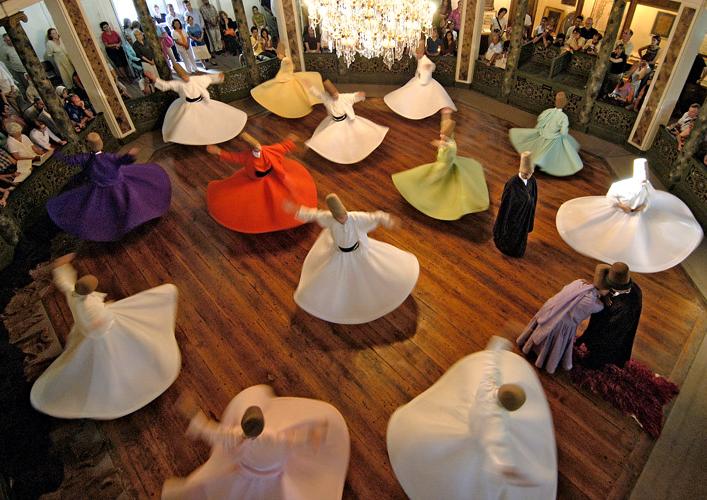
Sufi whirling, also known as the "dance of the dervishes," is a form of physically active meditation originating from the Sufi branch of Islam. Practitioners, known as dervishes, perform this dance as a form of spiritual devotion, aiming to reach a state of trance and connect with the divine. The whirling involves continuous spinning, symbolizing the soul's journey towards spiritual enlightenment. Accompanied by traditional Sufi music, the dance is both a mesmerizing spectacle and a profound spiritual practice. Sufi whirling transcends the physical realm, offering a glimpse into the mystical traditions of Islam and the quest for inner peace.
9. The Vibrant Beats of African Dance
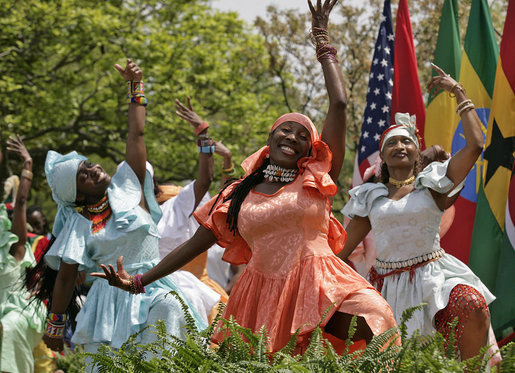
African dance is as diverse as the continent itself, with each region offering distinct styles that reflect local traditions, beliefs, and social functions. These dances are often performed during rituals, celebrations, and communal gatherings, serving as a means of communication and storytelling. Characterized by energetic and rhythmic movements, African dance emphasizes the connection between the dancer and the drum, with each step and gesture resonating with the beat. The dances often incorporate elements of mimicry, symbolism, and improvisation, celebrating the rich cultural heritage and communal spirit of African societies, making them a vital part of cultural identity.
10. The Poetic Expression of Japanese Noh

Noh, one of Japan's oldest theatrical forms, combines drama, music, and dance into a poetic expression of Japanese culture. Originating in the 14th century, Noh performances are known for their minimalist sets, elaborate costumes, and stylized movements. The dance in Noh is slow and deliberate, emphasizing subtlety and precision, with performers wearing masks to portray different characters. The accompanying music features traditional instruments like the flute and drum, creating an ethereal atmosphere. Noh's emphasis on restraint and symbolism reflects the Japanese aesthetic of "yugen," or profound grace, making it a revered art form that continues to captivate audiences.
11. The Joyful Rhythms of Salsa
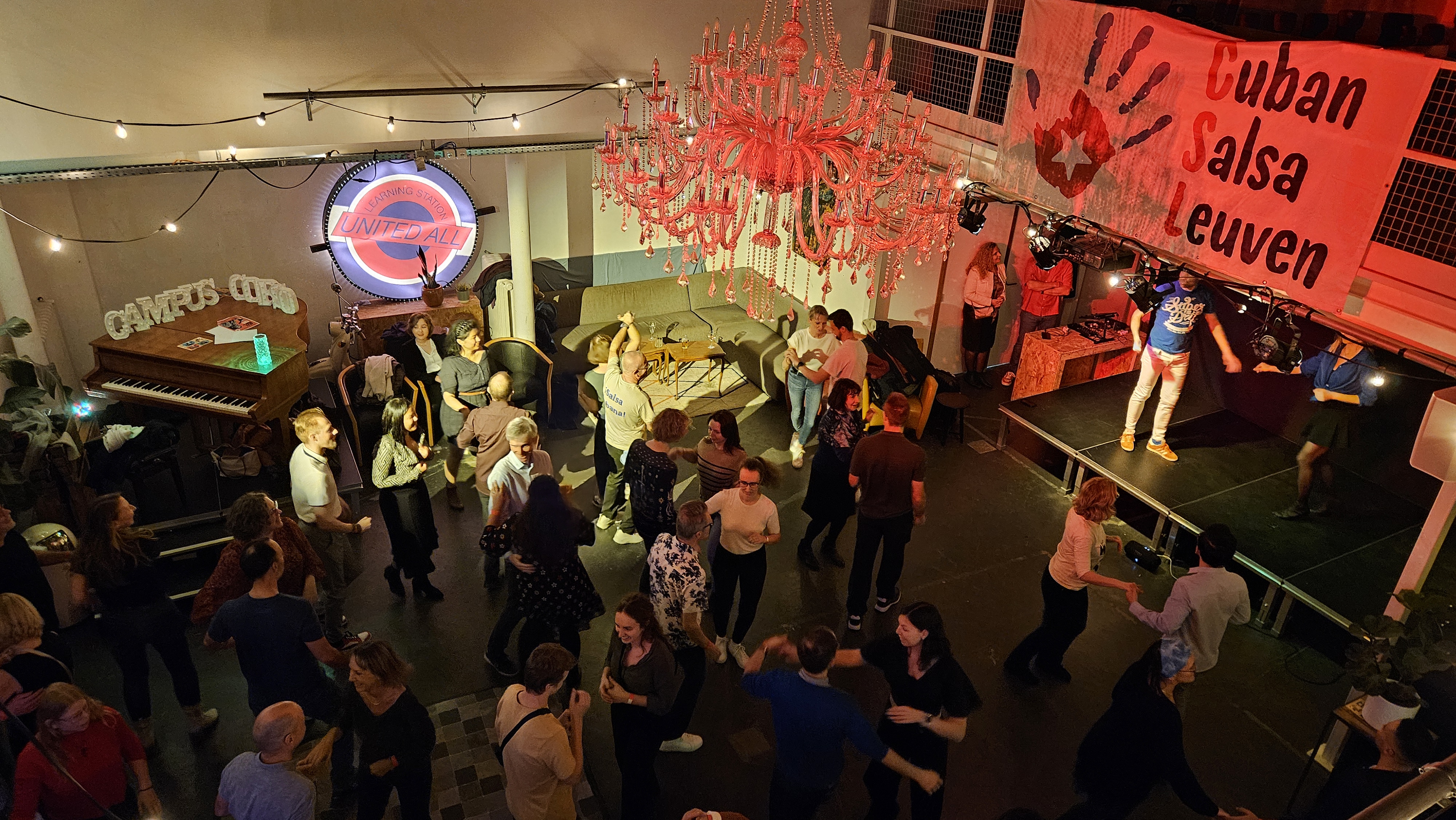
Salsa, a lively and infectious dance, emerged in the mid-20th century from the vibrant cultural melting pot of New York City, combining elements of Afro-Cuban, Puerto Rican, and other Latin American music and dance styles. Known for its energetic footwork, spins, and intricate partner work, Salsa is a social dance that thrives in clubs and dance halls worldwide. The music, characterized by its syncopated rhythms and brass instruments, creates an irresistible beat that invites dancers to move with joy and abandon. Salsa's dynamic and inclusive nature makes it a celebration of life, community, and cultural fusion.
12. The Enchanting Rituals of Hula
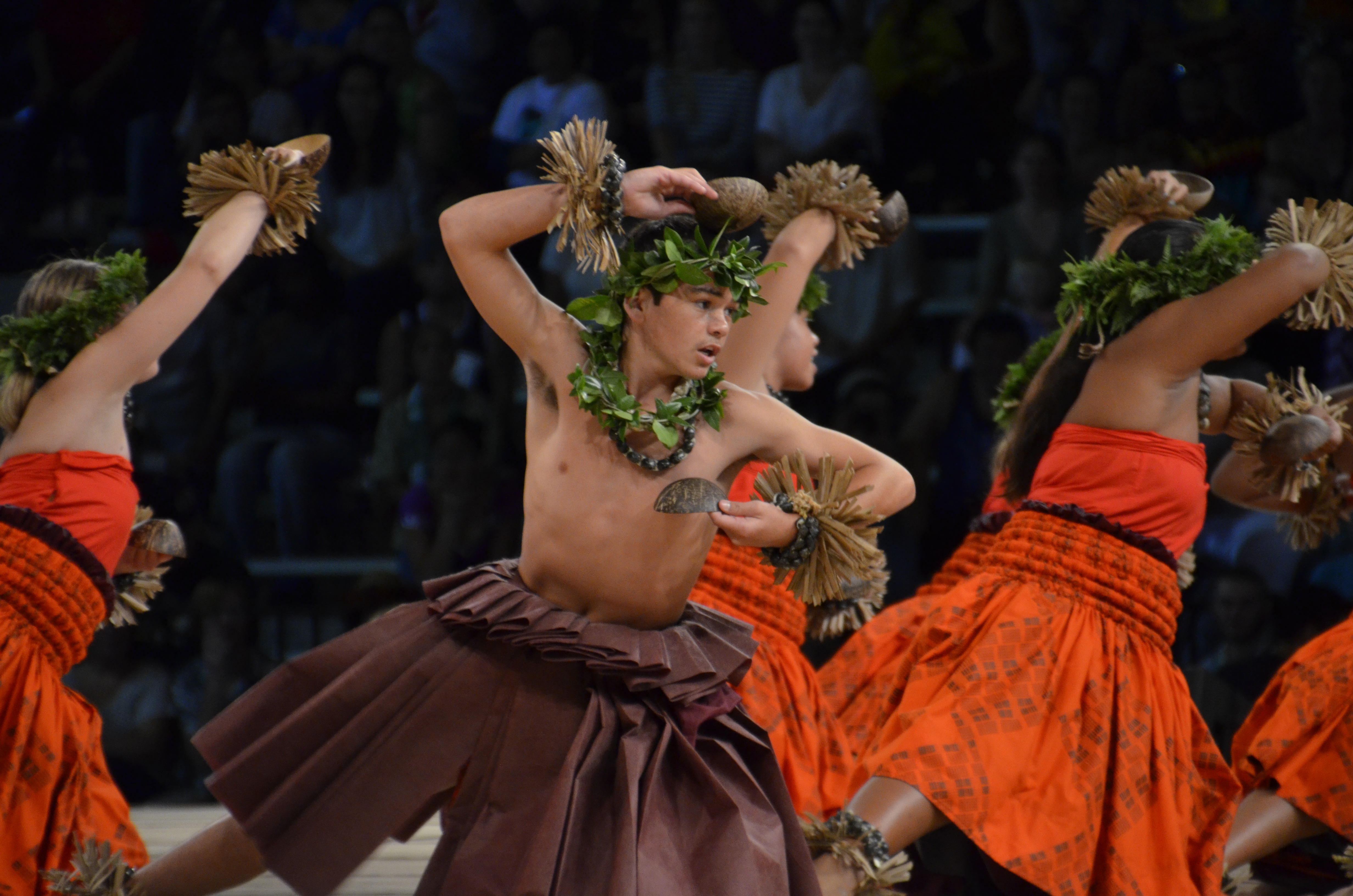
Hula, the traditional dance of Hawaii, is a narrative dance that tells stories through graceful movements and chants. Originally a sacred practice performed in religious ceremonies, Hula has evolved into a symbol of Hawaiian culture and identity. Dancers use their hands, hips, and feet to convey stories of creation, mythology, and daily life, often accompanied by traditional instruments like the ukulele and pahu drum. Hula is not just a dance but a living tradition that preserves the language and history of the Hawaiian people, embodying the spirit of aloha and the deep connection to the land and ancestors.
13. Taiko: The Thunderous Drums of Japan
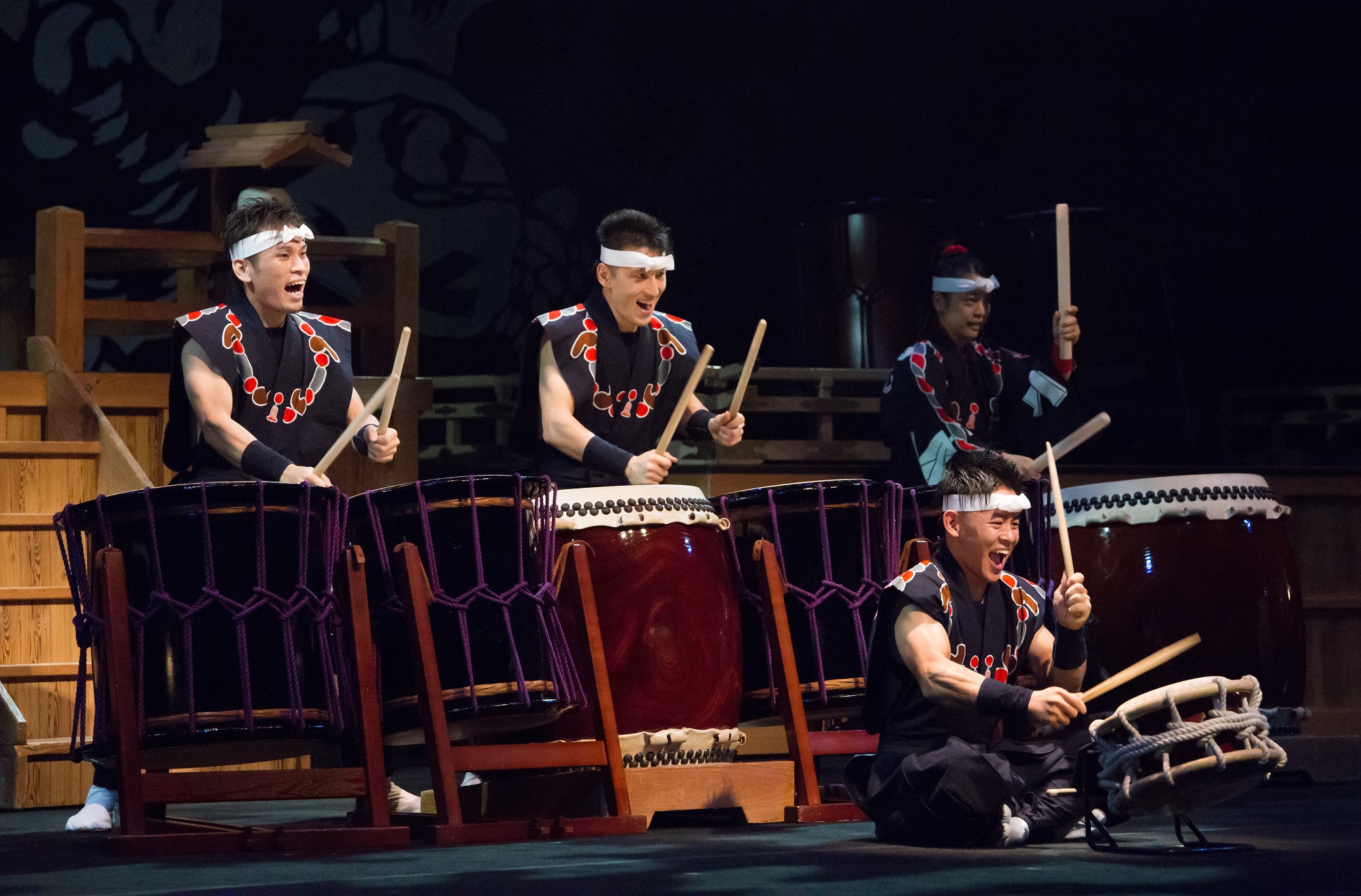
Taiko, the art of Japanese drumming, is a powerful and energetic performance that combines rhythm, movement, and spirit. Originating from ancient Japanese rituals and festivals, Taiko has evolved into a dynamic ensemble performance featuring large drums called "taiko" and choreographed movements. The drummers, known as "taiko players," use their entire bodies to produce thunderous beats that resonate with the audience. Taiko performances are both a visual and auditory spectacle, embodying the discipline and unity of Japanese culture. The infectious energy and precision of Taiko make it a captivating conclusion to our rhythmic journey, celebrating the universal power of music and dance.
One World, Countless Rhythms
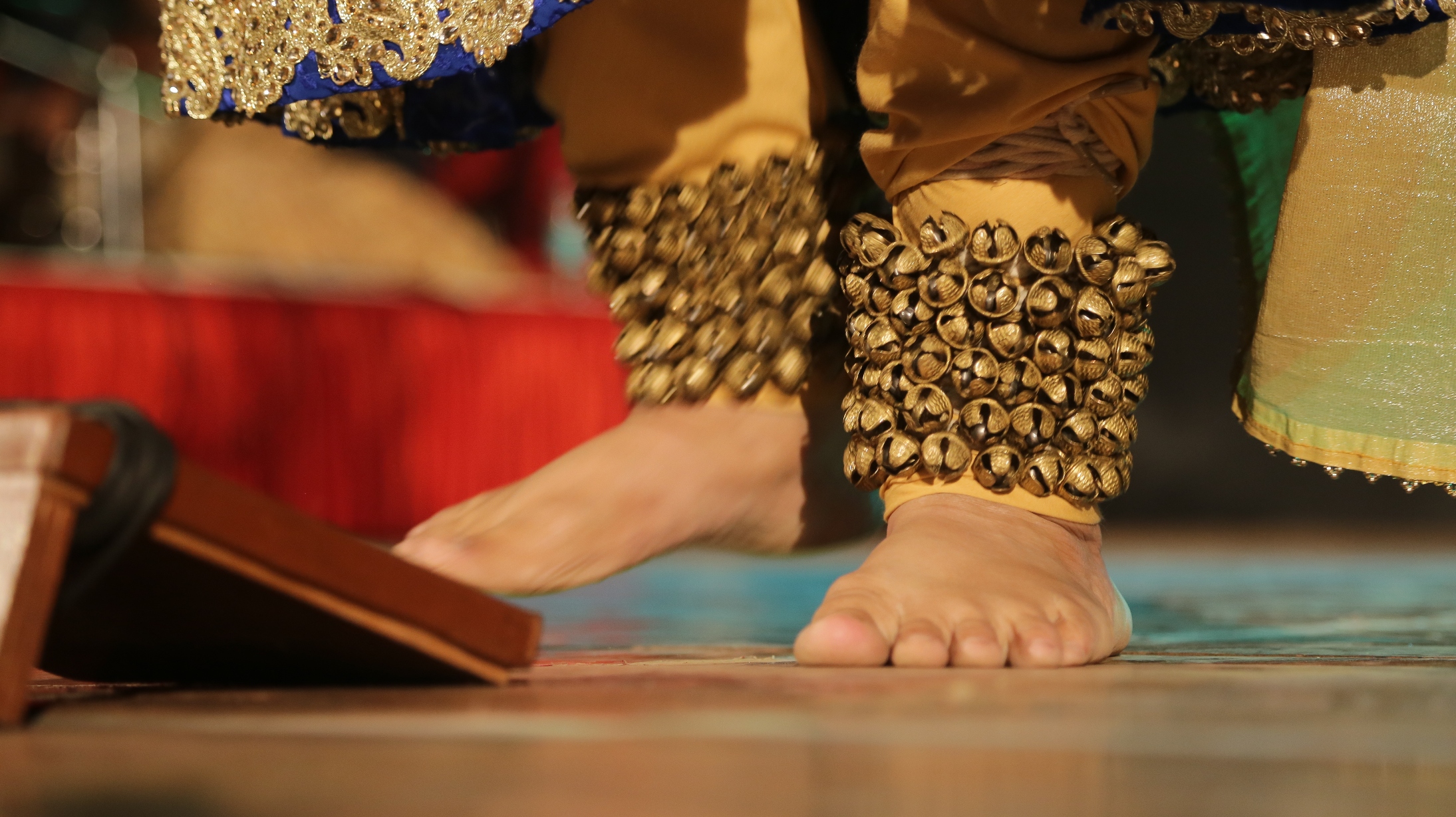
From whispered legends spun through Hula to the thunderous declaration of Taiko, dance is where a culture dares to be fully seen. It speaks when words falter—through posture, percussion, and pulse. These 13 traditions aren’t just performances; they are living, breathing inheritances passed hand to hand, soul to soul. They mourn, celebrate, resist, and remember. Whether rooted in spiritual devotion, political defiance, or simple joy, each movement we explored reminds us that to dance is to remember who we are—and who we come from. In every tap of a foot or arc of an arm lies a story older than memory and yet forever new. So the next time you witness a dancer take the floor—anywhere in the world—know that you’re watching something sacred unfold. A rhythm that once stirred the past—and continues to shape the present. The world dances. We listen. And if we’re lucky, we join.





